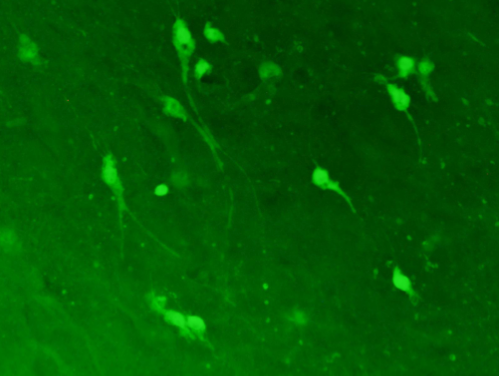What are some new ways we can treat Alcohol Use Disorder?
The Nixon laboratory focuses on novel mechanisms of and drug discovery for neuropathology of excessive alcohol exposure. This two-prong approach of novel target identification coupled with drug discovery has allowed us to make seminal discoveries in new mechanisms that contribute to brain damage and recovery in alcohol use disorders (AUDs), then use those discoveries to drive the development of novel approaches for the treatment of AUDs.
Cellular events in the alcohol-exposed rat brain



Alcohol use disorder (AUD), the preferred term for alcoholism to help de-stigmatize addiction, is a growing public health problem for which pharmacological treatments are not widely successful. People drink to excess for a variety of reasons necessitating a variety of approaches for successful treatment. The majority of pharmacological treatments for AUDs target motivational behaviors of drug use, but targeting this aspect of abuse/addiction alone has not been widely successful. We continue to take the novel approach of examining neuroprotective agents that promote plasticity to repair or protect the brain from alcohol-induced damage.

One region of alcohol neurotoxicity is in behavioral control circuitry, which includes the hippocampus and prefrontal cortex. We hypothesize that damage to this circuit essentially releases a brake on the dysfunctional, compulsive drive of the mesolimbic dopamine system.
Thus, the Nixon Lab has focused on two mechanistic areas relevant to hippocampal structure and function:
(1) the role of adult neural stem cells in the neuropathology of excessive alcohol exposure and recovery in abstinence and
(2) the role microglia play in the adolescent’s enhanced susceptibility to developing an alcohol use disorder.
The lab has also recently engaged in a collaboration with Dr. Laura Fonken’s lab to understand the intersection of alcohol toxicity, brain aging, and neuroimmune reactivity.
Our final research area encompasses our collaborative drug discovery work, which has focused heavily on novel neuroprotectants but also target-agnostic screening of novel compounds and natural products to treat alcohol and nicotine co-misuse.
Approaches utilize novel or state-of-the-art histological, biochemical and behavioral techniques in ex vivo, in vitro and in vivo models of AUDs. More details on our typical alcohol administration paradigm here.

